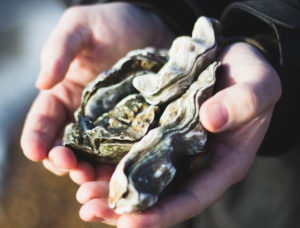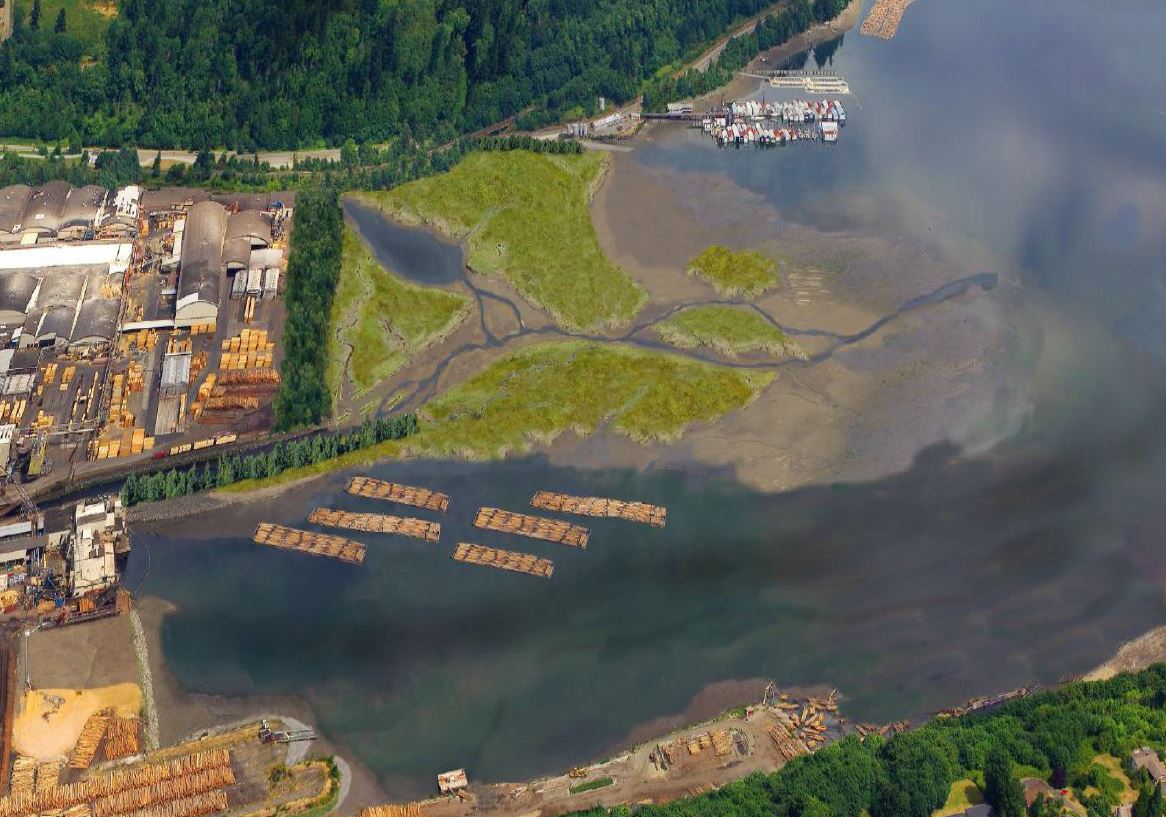The AHSS encourages and supports on-the-ground projects that protect and restore habitat such as estuaries, shorelines, and streams; protect and restore shellfish beds; and reduce and control stormwater. Below are examples of project successes in South Sound. If you have a project to share, please contact the LIO coordination team.
Shellfish are a critical piece of local culture, tradition, economy, and recreation in South Sound. Check out the AHSS Shellfish page for more information regarding recreational shellfish harvest, the Washington Shellfish Initiative, Local Shellfish Celebrations, and more!
out the AHSS Shellfish page for more information regarding recreational shellfish harvest, the Washington Shellfish Initiative, Local Shellfish Celebrations, and more!
The Shore Friendly initiative works with marine shoreline residential owners in Pierce, Thurston, and Mason counties to reduce hard armoring in the South Sound. In the South Sound, there are over 380 miles of residential marine shore parcels, and almost half of the residential shoreline is armored. The priorities of this initiative are to protect and restore Puget Sound shorelines, avoid new armor installation on natural shorelines, remove existing armor where feasible and beneficial, and guide homeowners towards low-impact waterfront management.
Thurston County’s Fish Passage Enhancement Program aims to replace culverts that are barriers to fish passage. The Board of County Commissioners has approved funding for planning, design, and construction to remove five of the highest priority barriers – on Hunter Point Rd NW, 26th Ave NE, Waddell Creek Rd NW, Flumer felt Rd, and Troy Dr. SW – by the end of 2018. Construction has begun and is planned to be completed in Fall 2018.
The AHSS believes that all fish passage barriers must be removed in order to fully support salmon recovery; this project is a key step toward that goal.
South Sound Clean Water Partners is a partnership approach to protecting and improving water quality in South Sound shellfish watersheds. The project provides a coordinated response to all aspects of pollution prevention, identification, and correction to recover downgraded shellfish harvest areas and prevent new downgrades. This is a phased approach currently in its third phase. The partnership approach garners funding, shares expertise, and facilitates prioritization to address problems regionally. This effort builds on over 20 years of clean water and healthy shellfish work by all of the project partners.
In 2009, the Pierce County Parks and Recreation purchased approximately 94 aces, including almost one mile of shoreline, at the south end of Key Peninsula in the South Sound geography. Project goals were to conserve sediment supply and distribution, maintain water quality, and preserve other natural processes for the long-term protection of salmon habitat, and to increase access to Puget Sound. The site is available for non-motorized boating, hiking, beachcombing, and other recreation opportunities. This project exemplifies South Sound collaboration: five South Sound Lead Entities, Washington Wildlife and Recreation Program, and Pierce County all contributed funds.
The Squaxin Island Tribe led the development and implementation of a plan to restore fish and wildlife habitat in the Shelton Harbor portion of Oakland Bay. This project brings together partners and local landowners to restore the natural processes in the bay, including increasing sediment load and restoring the natural salt marsh; implementing shoreline design plans; and conserving Eagle Point, the City of Shelton’s first saltwater-access park, open for passive recreation.

The Nisqually Delta Restoration is one of the most extensive delta restoration projects in Puget Sound to-date. Since the project began with the removal of the Brown Farm Dike in 2009, partners have restored nearly 1000 acres, increased potential salt marsh habitat by 50%, and reconnected over 21 miles of historic channels.